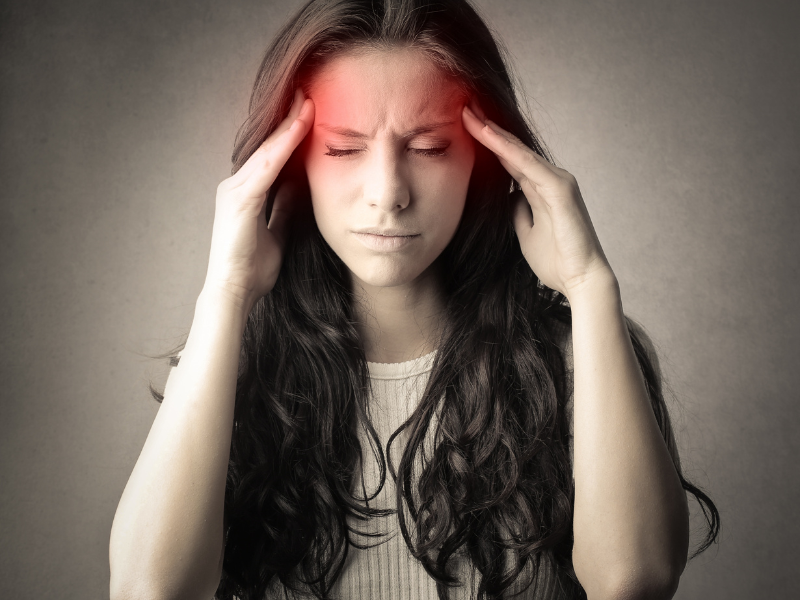Headaches

Headaches are a pretty common condition that almost everyone will suffer at some point in their lives. A headache is distinguished by pain in the head or face. The primary symptom is pain in the head or face. Among the various types of headaches, tension headaches are the most common. While most headaches are harmless, certain forms can indicate a significant underlying disease.
What are headaches?
A headache is a pain in the head or face that is commonly described as throbbing, continuous, dull, or acute. The severity, kind, frequency, and location of headaches can all vary substantially.
Headaches are a pretty common condition that almost everyone will suffer at some point in their lives. They are the most prevalent type of discomfort and are a major cause of missed work or school days, as well as visits to healthcare providers.
Most headaches are not harmful. However, certain forms can indicate a more serious problem.
Types of Headaches
With “headache” serving as an umbrella term, there are numerous forms and causes of this discomfort. It’s critical to understand the characteristics and symptoms of your pain to determine if it’s caused by a serious condition or not.
Primary headaches
A primary headache occurs when the headache itself is the primary issue and not a symptom of any underlying disease. Primary headache pain is not harmful, even though it can be incapacitating.
The brain doesn’t feel pain. So, the discomfort associated with primary headaches arises from the inflammation of pain-sensitive parts in and around the neck and head, including nerves, blood vessels, and muscles.
Common types of primary headaches include:
· Tension-type headaches
· Cluster headaches
· Migraine headaches
· New daily persistent headaches (NDPH)
Triggered factors are lifestyle changes or situations, including:
· Cigarette smoking
· Poor posture
· Processed meats that contain nitrates
· Alcohol, particularly red wine
· lack of sleep or changes in sleep
· Physical activity like exercise
· Skipping meals
· Coughing, blowing your nose, sneezing
· Laughing or crying vigorously
a. Tension headache
Tension headaches are the most common type of headache. While these can be inconvenient and disruptive to patients, they are not usually considered medical emergencies.
Tension headaches are caused by muscle tension rather than stress. Although stress can cause them, the muscle around the skull tightens and causes unpleasant pressure on the head.
Tension headaches can be relieved with massages, acupuncture, and over-the-counter drugs such as Ibuprofen or Naproxen. However, the best strategy to manage any form of headache is to identify and address the underlying cause.
b. Cluster headache
The most severe type of primary headache is a cluster headache. Cluster headaches induce intense, one-sided head pain persisting for at least 30 minutes and occurring multiple times daily.
They typically adhere to a specific pattern, frequently manifesting at the same time daily. These headaches may endure for months before ceasing. Medications can be effective in diminishing their frequency and intensity.
c. Migraine headache
A migraine is more than just a severe headache. It’s a neurological condition causing debilitating throbbing pain that can confine you to bed for days.
Triggers like light, sound, movement, and others can lead to symptoms such as:
· Pain
· visual disturbances
· fatigue
· numbness
· tingling
· nausea
· irritability
· difficulty speaking
· temporary loss of vision
OTC’s medications are effective for some people with mild to moderate migraines. These include:
· aspirin
· ibuprofen
· acetaminophen
· caffeine
· naproxen
d. New Daily Persistent Headache (NDPH)
One uncommon chronic headache condition is new daily persistent headache (NDPH). The NDPH causes moderate to severe symptoms that appear very rapidly.
Although the illness is not harmful, the months-long symptoms can seriously interfere with daily living and activities. Treatment for the majority of these patients is likewise challenging.
Although primary headaches are usually not harmful, they can cause excruciating pain and interfere with daily activities.



